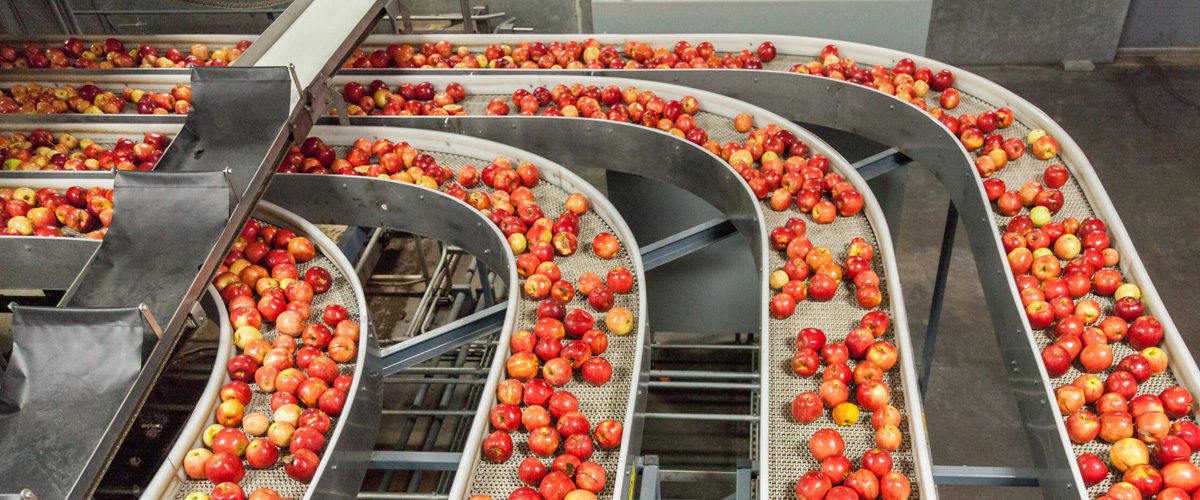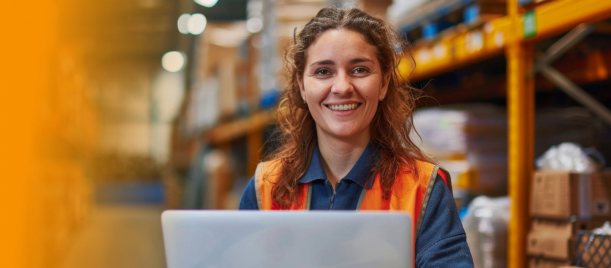Overview of the Food and Beverages Sector
The food and beverages sector has grown exponentially over the years, driven by growing consumerist tendencies and a post pandemic move back to spending on outside entertainment and services. With growing transport connectivity and decreasing unit slot costs, transporting consumables internationally is becoming more and more viable, resulting in a burgeoning international market for food and beverages.
Increasing prosperity levels in most countries and growing awareness of exotic cuisines have created a demand for imported goods facilitated by sophisticated and reliable supply chains. Consequently, countries with predominantly agrarian economies or which produce large quantities of fruits, vegetables, and meat have found exporting food and beverages a lucrative source of forex earnings and therefore have started focusing extensively on export-oriented production of food items.
Examples include bananas from the Philippines and India exporting Alphonso and other indigenous varieties of mango. A vast market for meat also exists, with items like premium-quality beef exported from Australia to various countries in Europe and Asia.
Developed countries also have a thriving export trade involving packaged food items and beverages such as wines and spirits. France exported wine and spirits worth USD 18.42 billion in 2022, while Scotch whisky exports exceeded USD 6 billion in 2022.
The spread of fast food chains across the world has also contributed to the international trade in food and beverages, as F&B giants such as McDonald’s and Subway transport huge amounts of food items to the various countries where they operate.
The global food and beverages market was estimated to be approximately USD 5,817.4 billion in 2021.
Supply Chain and Logistical Challenges Faced by the Food and Beverages Sector
The expansion of the global F&B industry has led to the rise of a niche logistics segment to cater to the unique requirements of the sector, known as the cold or reefer supply chain, which essentially involves creating adequate logistical infrastructure to facilitate the efficient storage and movement of perishables from the country of origin to the final destination.
Designing a cold supply chain is considerably more complex than it is for dry cargo, primarily due to the limited shelf life of the cargo and the need to ensure that the quality of the cargo is preserved at optimal levels throughout its journey across multiple modes of transportation.
This requires extensive knowledge about the appropriate temperatures and humidity levels for each commodity and constant monitoring to ensure that the right atmospheric conditions are maintained throughout the journey.
Further, such relevant information must be shared with all stakeholders in the transport process to ensure that the cargo is handled correctly and reaches its destination in the intended state of freshness and quality.
Some of the major supply chain and logistical challenges faced by the F&B sector are:
1) Ongoing produce, fertilizer, and agriculture shortages: Over the last three years, the global economy has been beset by Covid, trade wars, and geo-political tensions. The supply chain disruptions have led to shortages of produce, fertilizers, and other agricultural products. Apart from the unavailability of food items, the unreliability of cold chains and the unpredictability of delivery schedules have compounded matters for importers and buyers.
2) Increase in cost of food items: Food shortages have been exacerbated by the ongoing Russia-Ukraine conflict and growing inflationary pressures, which have resulted in spiralling prices. It is estimated that these headwinds have accounted for a 22% increase in average food prices.
3) Real-time visibility to ensure quality is maintained during transport and storage: For food and beverages, real-time visibility is vital to ensure that the temperature, humidity, and other technical specifications are always maintained while transporting the cargo. This is crucial to ensure that the cargo is not spoiled and is fit for human consumption when delivered to the end consumer.
4) Given health implications, Customs formalities and documentation requirements are a lot more stringent: Given the obvious health and safety concerns, Government and Customs regulations are extremely stringent when it comes to the import of food and beverages. The documentary requirements are far more detailed, and the checks are rigorous. Therefore, importers must ensure compliance with all documentary requirements and ensure that the quality has not deteriorated.
What KlearNow can offer the Food and Beverages Sector
KlearNow helps importers bridge the food & beverage–Customs gap by easing Customs formalities and procedures.
KlearNow utilizes patented artificial intelligence and machine learning technology to deliver process digitalization and automated workflows through the entire customs documentation and entry filing process, all while providing complete transparency to stakeholders.
KlearNow makes logistics smarter, faster, and more efficient by providing a patented digitized logistics solution for importers to streamline the complex food & beverage documentation process.
KlearNow facilitates End-to-End Supply chain visibility in partnership with project44, thus minimizing the probability of cargo damage and loss in value during transit.
Specific Functionalities and Benefits of KlearNow
Some of the more notable functionalities of the KlearNow product and associated benefits are explained below:
1) Data ingestion: This involves creating digital assets using artificial intelligence and machine learning to complete and deliver customs entry filings. This helps ensure that the documents and data filed are accurate, comply with all statutory requirements, and are filed with authorities within stipulated timelines.
2) End-to-End Supply Chain visibility: This includes visibility on documentation and information sharing, shipment status and Customs milestones (regardless of carrier/ forwarder/ mode of transport), and terminal-level visibility.
This helps timely and accurate sharing of relevant information with all parties, makes it possible to plan onward cargo movements in advance, and reduces demurrage and detention charges.
3) Smart Drayage for last-mile connectivity: KlearNow also allows importers to select a drayage partner weeks in advance. This helps the cargo owner to control costs and receive live ETA’s, thus reducing the probability of being stuck in supply chain bottlenecks.
Conclusion
The inherent complexities in the F&B supply chain present formidable challenges in the international transport of such cargo. The additional and often stringent Customs requirements and the constant need for real-time visibility of cargo status further compound these risks.
Importers and forwarders have to allocate significant resources to ensure adherence to relevant regulations and also monitor the cargo throughout the transport process.
This effectively leaves importers with lesser time to focus on their core commercial and customer service activities.
It is in this situation that importers can leverage technological solutions, such as KlearNow, to optimize Customs clearance and related processes. Additional functionalities, like real-time tracking and selecting drayage partners, greatly enhance the efficiency of supply chain planning and smoothen business flows allowing F&B companies to focus on their growth ambitions.

